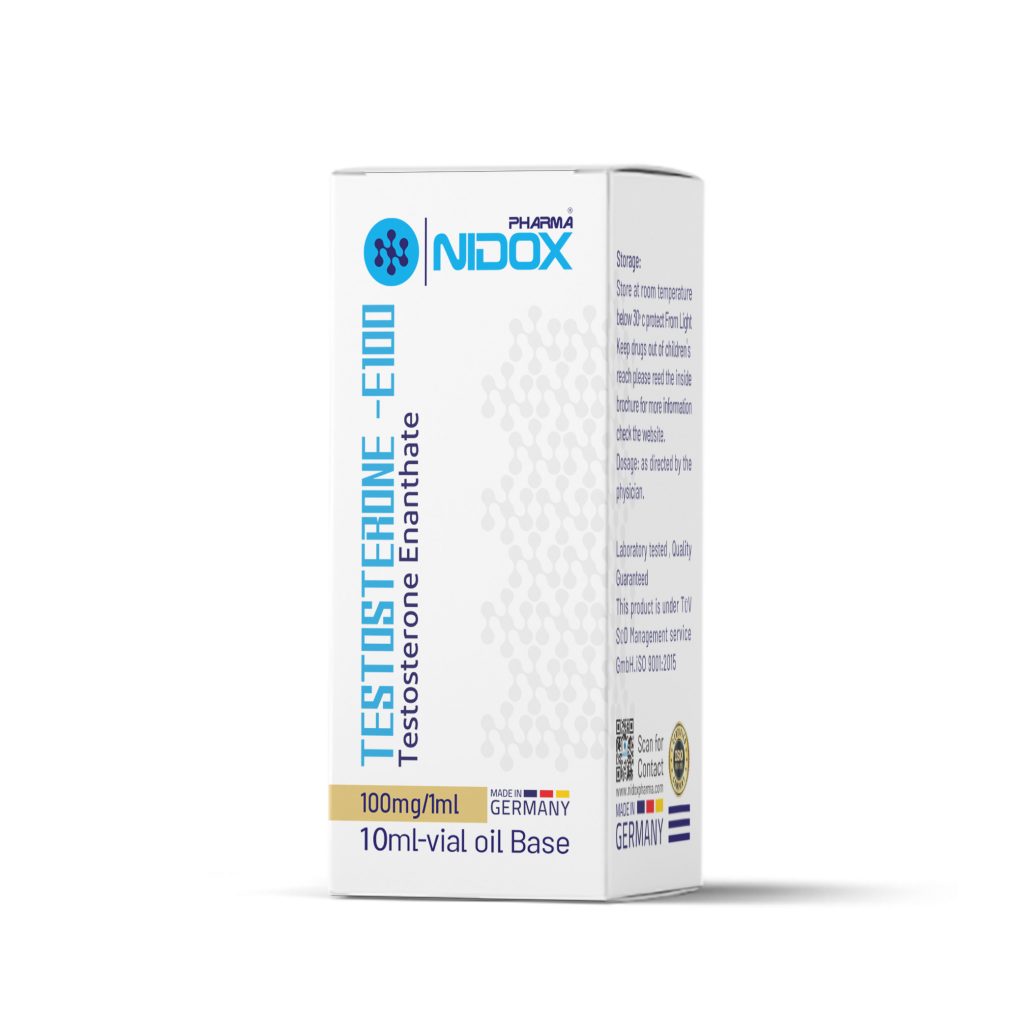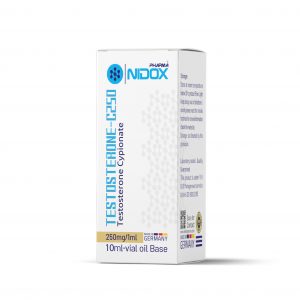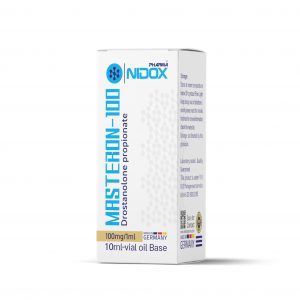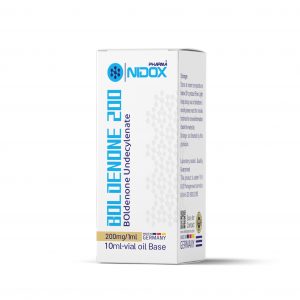Description
Package Leaflet: Information for the patient testosterone Enanthate 100mg/ml, solution for injection
Specific points of information related to prescription
These highlights do not contain all the information you need to use safely and from. See full information.
Injection (testosterone enanthate), for subcutaneous use CIII
United States Primary Tide: 1953
Warning: Pressure increases
See full prescription information in box for full warning
It can increase blood pressure (BP) which can cause adverse cardiac events (MACE).
Before starting, consider your risk of developing primary heart disease and conclude that your blood pressure is adequately controlled.
Periodically monitor and treat new-onset hypertension or exacerbation of pre-existing hypertension, and reassess whether patients for risk in patients with comorbidities or underlying heart disease. Is it more or not?
Given this risk, use only to treat patients with hypogonadal conditions associated with structural or genetic causes (1, 4).
Usage and usage
Injection (testosterone enanthate) is an androgen indicated for testosterone replacement therapy in men for conditions associated with problems or absence of endogenous testosterone (1).
Usage and usage
Injection (testosterone enanthate) is an androgen indicated for testosterone replacement therapy in men for conditions associated with problems or absence of endogenous testosterone (1).
Limitations of use:
Reliability and effectiveness in men younger than 18 years have not been proven (1, 8.4).
Amount and method of consumption
Before starting: check the diagnosis of hypogonadism by ensuring the presence of serum
Testosterone in the morning has been measured lower on two days and this is below the normal range (2.1).
Starting dose: 75 mg subcutaneously in the abdominal area once a week. Avoid intramuscular and intravenous administration (2.2, 2.3).
Dose adjustment: based on the lowest total testosterone level (measured 7 days after the last dose) obtained from 6 weeks of use and periodically thereafter (2.2).
Indications
Dosage forms and strengths
(testosterone enanthate) is injected as 0.5 ml/liter sterile solution in an autoinjector for subcutaneous injection in three strengths (3):
50 mg/0.5 ml 75 mg/0.5 ml 100 mg/0.5 ml 250 mg
prohibited usage
Men with breast carcinoma or known or suspected prostate cancer (4, 5.4). Pregnant women (4, 8.1). Testosterone may cause fetal harm (4, 5.7, 8.1, and 8.2). More than mentioned to or its ingredients (4).
Men with hypogonadal conditions associated with structural or genetic causes (1, 4)
Warnings and precautions
Approximately every 3 months, hematocrit to detect an increase in red blood cell
mass
Polycythemia (5.2).
Monitor patients with benign prostatic hyperplasia (BPH) for worsening signs and symptoms of BPH (5.4).
Venous thromboembolism (VTE), including deep vein thrombosis (DVT) and pulmonary embolism (PE) have been reported in patients using the tested products. Evaluate patients with signs or symptoms consistent with DVT or PE (5.5).
It is usually used in higher doses than recommended for approval and in combination with other anabolic androgenic steroids (5.6).
Exogenous androgen administration may lead to azoospermia (5.8).
Tailbone with or without congestive heart failure may be a complication in patients with heart, kidney, or liver disease (5.10).
Sleep apnea may occur in people with risk factors (5.12).
Monitor prostate-specific antigen (PSA) and lipid concentrations periodically (5.4, 5.13).
Depression and suicidal thoughts and behavior, including complete suicide, have occurred during clinical trials in treated patients (5.16).
Adverse reactions
The most common side effects reported (>5%) were: increased hematocrit, high blood pressure, increased PSA, injection site bruising, and headache. (6.1)
Drug interactions
Androgens may lower blood glucose and thus may reduce the need for insulin in diabetic patients (7.1).
Changes in anticoagulant activity may be seen with androgens.
In patients taking warfarin, further monitoring of international normalized ratio (INR) and prothrombin time is recommended (7.2).
The use of testosterone together with corticosteroids may lead to increased fluid retention. Use with caution, especially in patients with cardiac, renal, or hepatic disease (7.3).
Concomitant administration of drugs known to increase blood pressure may lead to an additional increase in BP (7.4).
Use in specific populations
Elderly patients: There are insufficient long-term safety data to assess the potential risks of cardiovascular disease and prostate cancer (8.5).
Keep this medicine out of the sight and reach of children.
Do not use this medicine after the expiry date stated on the carton or label after the term “exp” (expiry date). The expiry date refers to the last day of that month.
Store below 30°C. Do not refrigerate or freeze.





